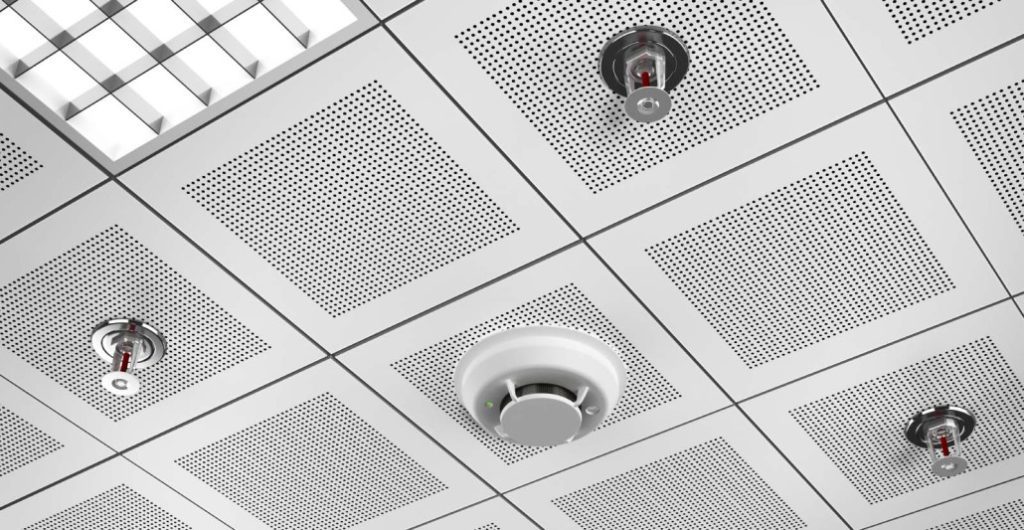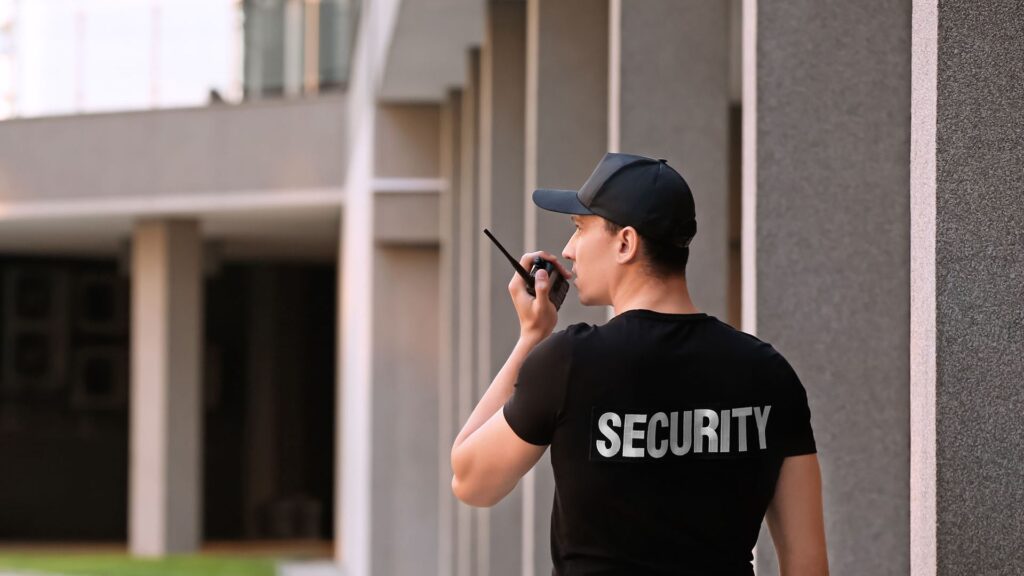Fire detection devices and their importance
Fire detection devices and their importance
Fire alarm systems are among the most crucial tools for alerting the owners of industrial, commercial, hotel, or residential establishments about the danger of a fire outbreak. These systems help save lives by ensuring that people evacuate the building immediately after hearing the alarm, reducing potential losses. Fires can sometimes break out without anyone noticing, allowing them to spread and cause greater damage.
What is a fire alarm device?
A fire alarm is a device that emits an audible warning when a fire occurs. Its purpose is to evacuate the area where the fire is happening in preparation for extinguishing it. The fire detection system can be activated either manually or automatically.
What are the functions of a fire alarm system?
Fire alarm systems work by detecting a fire and sending signals to trigger the alarm. When a fire occurs, the device sends pulses through electrical connections to a control panel, which immediately activates both visual and audible alerts. The visual alert indicates the location of the alarm, while the audible signal warns the person responsible for the main control panel about the presence of a fire.
Buildings and establishments must be equipped with fire alarm systems to protect both the property and individuals from fire hazards. Early warnings allow for building evacuation and initial firefighting by trained personnel or automatic systems. If needed, the civil defense teams can be called for further assistance.
How do manual fire alarm systems work?
Fire alarm systems are divided into two types: manual and automatic. Each has its specific functions and method of operation.
How are manual fire alarm systems activated?
Manual systems are activated by a person pressing the alarm button, which sets off the alarm to notify everyone in the building about the fire.
Where are these devices placed in a building?
Alarm buttons are distributed across the walls of the building on different floors, allowing individuals to quickly alert others about a fire in any part of the facility.
How does a manual fire alarm system work?
The system is activated by breaking the glass cover of the device and pressing the alarm button. This sends a signal to the control panel. It is important that the system be powered by a secondary electricity source, different from the main power supply, so that the devices can still function in case of a power outage.
Important notes on installing manual fire alarm systems:
1. A map showing the locations of alarm devices should be placed near the main entrance for easy identification of the fire location.
2. Another map should be placed in the main telephone room or security office.
There are other manual alarm systems like telephone alarms, loudspeakers, and visual signals.
Automatic Fire Alarm System
Automatic fire alarms differ from manual systems because they do not rely on human intervention. They also shorten the time between the fire outbreak and its detection.
What does the automatic fire alarm system consist of?
– **Sensitive detector heads**: There are two types:
– **Heat-sensitive heads**: These are triggered by a rise in temperature and can be affected by natural temperature changes due to seasons, potentially causing false alarms.
– **Smoke detectors**: There are two types:
– One is triggered when smoke, fumes, or gases from a fire pass through an ionization chamber.
– The other detects smoke or fumes when they interrupt a beam of light from an electric cell.
What should be considered when installing automatic fire alarm systems?
1. **Ceiling height**: This is a key factor affecting the sensitivity of the alarm system. Detector heads are most effective when installed under ceilings that do not exceed 30 feet (approximately 10 meters). If the ceiling height is greater, it may pose challenges for the system’s effectiveness.
2. **Air conditioning**: Air conditioning or ventilation systems can affect the sensitivity of the alarm system by pulling away the heat and smoke from the fire.
3. **False alarms**: Under certain conditions, automatic systems may give false alarms. These conditions vary depending on the type of detector heads. For example, heat-sensitive heads might issue a false alarm due to a sudden rise in room temperature.



